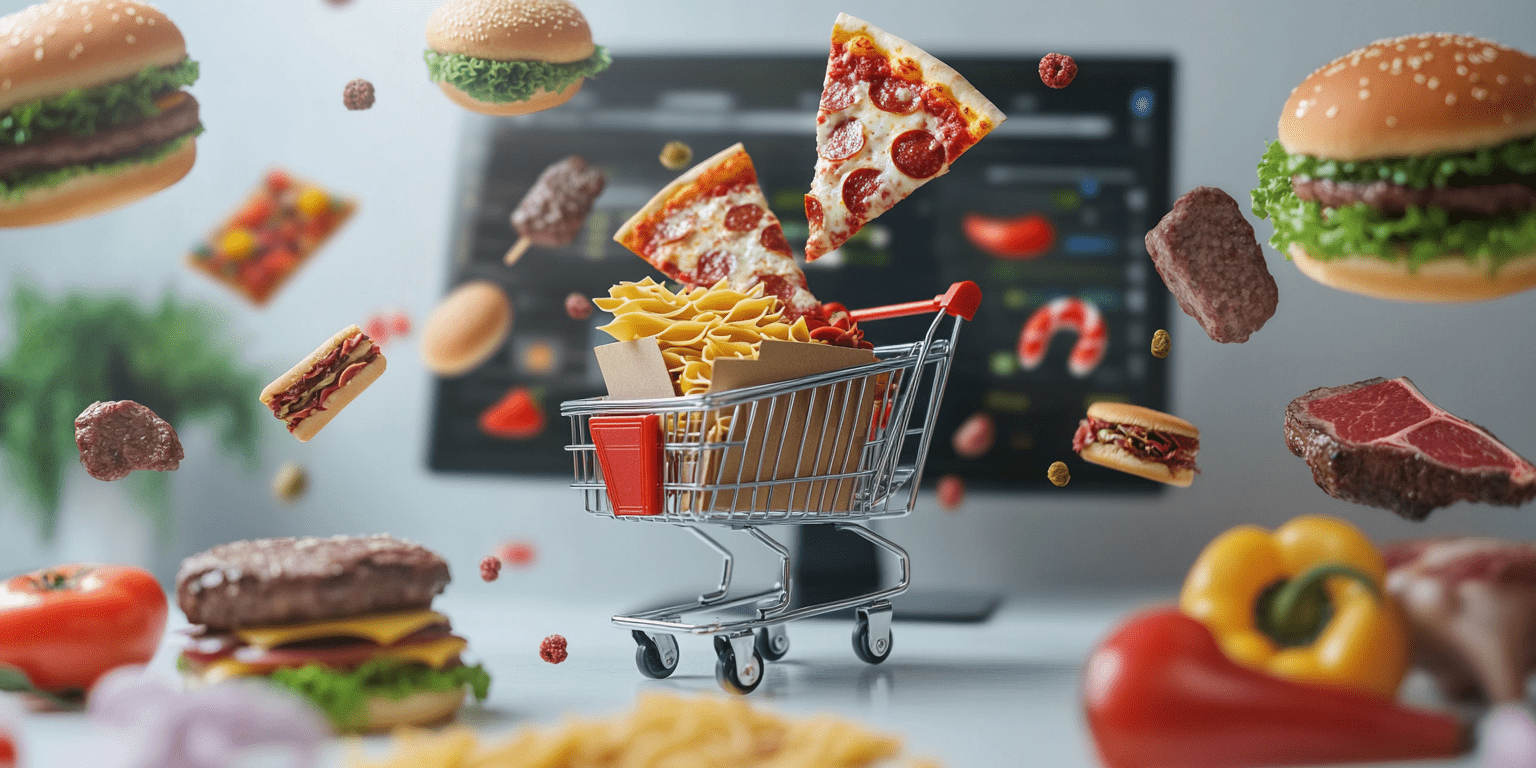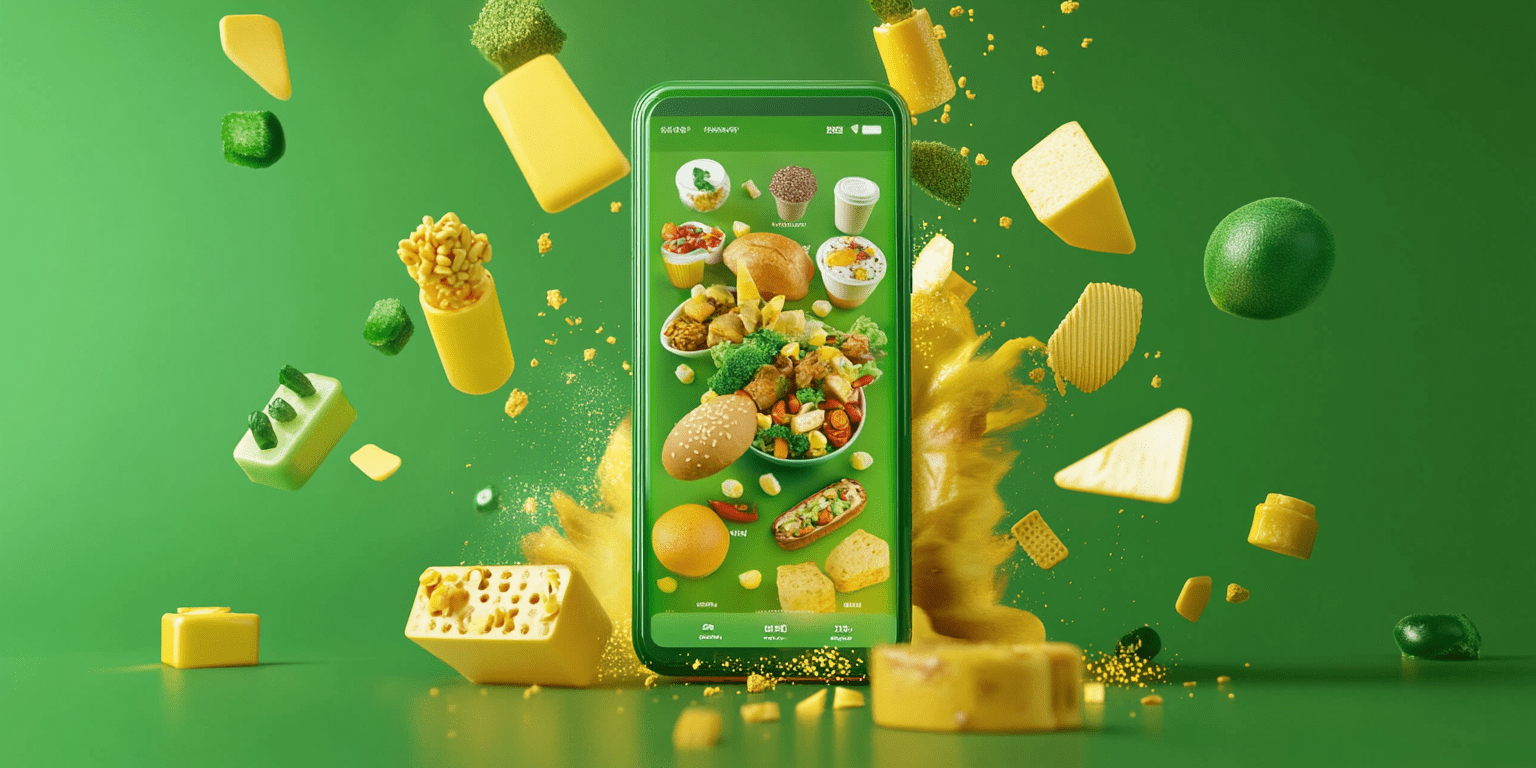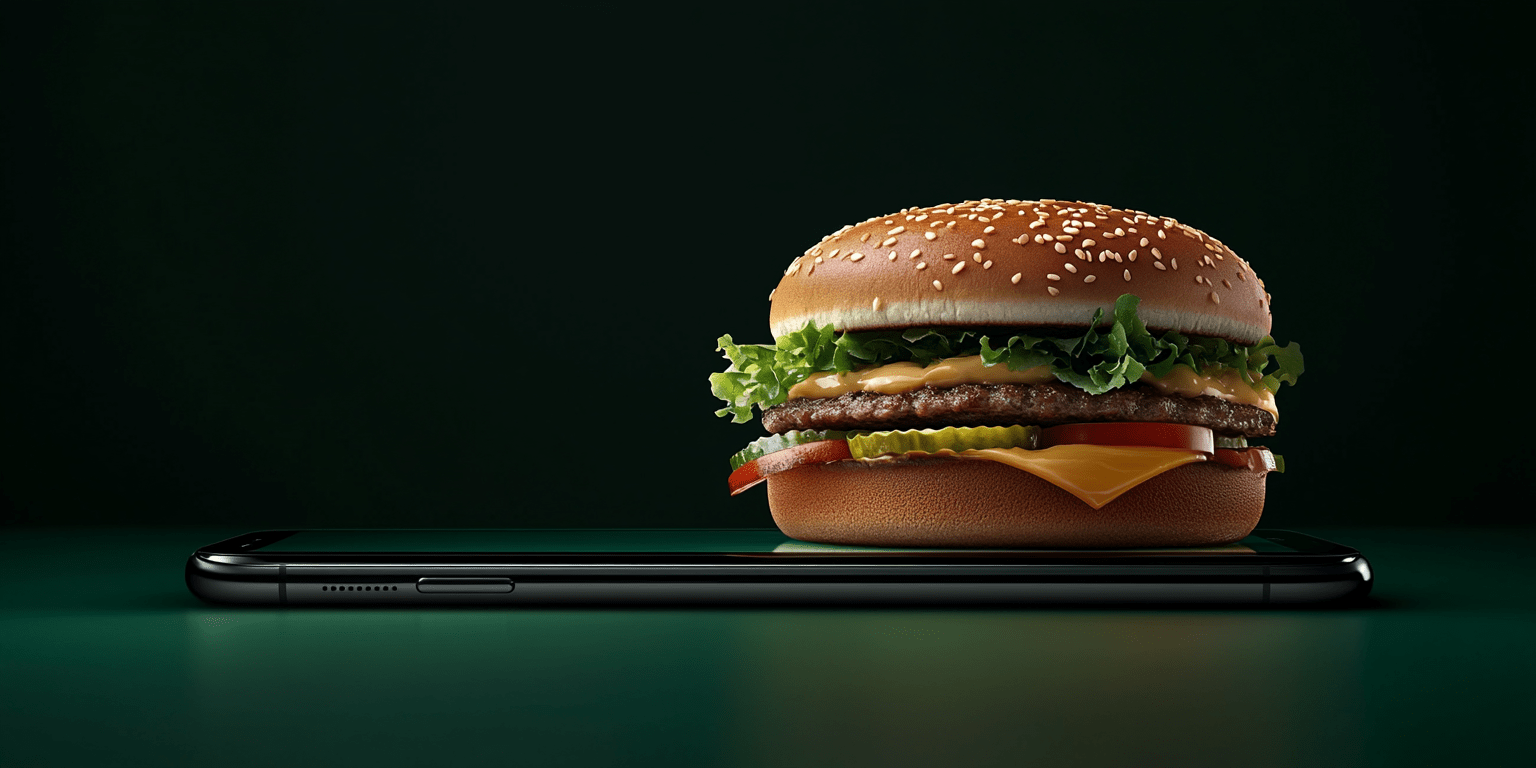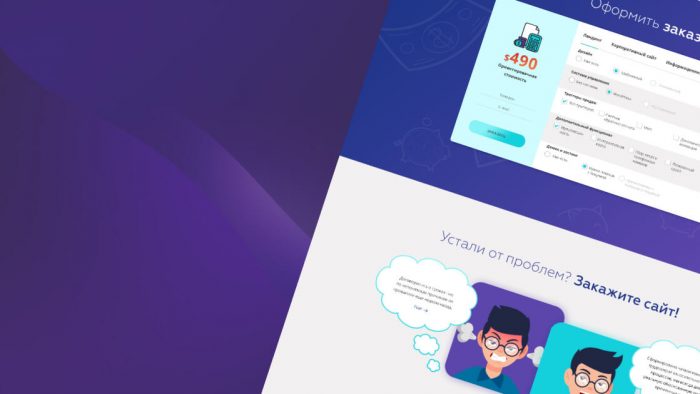The food delivery segment has long ceased to be a part of the restaurant business. Today, it is a separate model with its own dynamics, competitive environment, and consistently high service quality standards. In such conditions, the outcome depends not so much on the number of aggregator platforms as on a company’s ability to manage customer interaction independently. That is why more and more services are turning to their own solutions, the foundation of which is a fully functional website. It does not serve merely as an order intake point, but as a tool for flexibly managing the menu, launching promotions, processing requests, automating operations, and shaping a predictable user experience. However, the effectiveness of such a platform depends not on its mere existence, but on how precisely it aligns with the business logic. So let’s discuss in more detail how to order the development of a website for food delivery, what influences its cost, and what should be considered even before contacting a web studio.

Why a food delivery service needs its own website
The answer to this question is quite simple. A convenient platform gives business owners additional opportunities, namely:
- Control over content and navigation. An independent website makes it possible to update the menu, edit dish descriptions, change contact information, and quickly respond to customer needs without relying on third-party services.
- Automation of work processes. An online platform streamlines the ordering process in a café or restaurant, allowing staff to focus on service quality and reducing mistakes during peak hours.
- Personalization of offers for customers. The website records the interaction history, helping to suggest individual promotions, relevant dishes, and remind users about new items, creating a stronger bond with returning customers.
- Direct influence on audience loyalty. Convenient navigation, quick ordering, and the ability to save preferences create a positive experience for visitors, encouraging them to come back.
- Reputation growth and performance control. The website allows you to collect feedback, analyze user behavior, and make decisions that increase trust in the brand and improve the service overall.
What a modern food delivery website should be like
Such a platform must be intuitive, with a clear structure and quick access to every section – from the menu to checkout. The structure should allow users to navigate quickly, return to previous steps easily, and avoid losing selected items from the cart. It must function equally well on desktops and mobile devices, maintaining full functionality in any format. This is exactly what specialists focus on when planning website development stages, where it’s important to include additional modules into the structure. Each of them is responsible for a specific aspect of user interaction, with the most important being:
| Personal account. | Allows users to view their order history, analyze preferences, and quickly reorder dishes from previous purchases. |
| Online payment module. | Enables simple and secure payment without redirecting to third-party services, improving overall usability. |
| Courier tracking widget. | Lets the client see delivery status, estimate arrival time, and avoid unnecessary contact with support. |
| Live chat with a manager. | Creates a direct communication channel where users can clarify schedules, delivery details, or specific offers. |
| Saved addresses module. | Automatically fills in the delivery address for new orders, significantly simplifying the checkout process and enhancing service mobility. |
| «Repeat order» block. | Allows users to reorder verified items with no extra steps, saving time and improving the overall user experience. |
| Rating and review module. | Enables users to share impressions about food quality, courier service, or the website, directly influencing the brand’s reputation and development. |

What to prepare before starting development
Even during the first consultation, it is important to consider a number of key aspects that significantly impact the development process and final result. First and foremost, this concerns the menu structure: what specific dishes and drinks will be offered, what information will accompany each item – price, short description, photo. It’s equally important to define business hours, delivery areas, any regional restrictions, and delivery costs. All of this information must be ready for transfer to the team to avoid unnecessary revisions later in the process.
In addition to content, you should clearly outline your visual preferences – colors, style, graphic structure, and brand positioning. Most of the time, this is discussed before the client decides to order the site design, since the visual impression directly affects how the service is perceived. And functionality should not be overlooked – it’s crucial to determine in advance what actions the visitor should perform, how they will place an order, and what steps they will go through to complete the purchase. This directly affects how the structure is built, what solutions are selected, how effective the platform will be, and how well it aligns with the overall business strategy.
How the website affects business growth and promotion
For restaurant owners and food delivery services, the decision to order website development is quite obvious for many reasons. A properly built platform with ongoing support and development provides numerous advantages, such as:
- Building a loyal customer base. A personal profile, order history, and tailored offers create a stable communication channel and encourage users to return.
- Attracting organic traffic. A high-quality, SEO-optimized website regularly appears in search results, bringing in new users without ongoing ad spending.
- Increasing the number of orders. A convenient structure, quick navigation, and simple checkout form allow clients to complete purchases without interruptions, directly affecting conversion rates.
- Raising the average order value. A well-planned system of promotions, recommendations, and visual presentation of each dish (or drink) naturally encourages customers to add more items to their order.
- Boosting brand recognition. A complete web platform with unified styling, logical structure, and mobile optimization strengthens the company’s overall reputation and secures its position in the food delivery niche.
How much it costs to order a website and what affects the price
The total cost depends on the project’s complexity, its functionality, and the level of technical sophistication. In most cases, if a basic site with standard structure, responsive layout, shopping cart, and typical payment options is needed – the price will be significantly lower than for a complex platform. If the project involves personal accounts, API integration, automated request processing, SEO preparation, and domain and hosting setup, the cost will increase and be calculated individually based on project specifics.
The total workload is also factored in. This includes the number of sections, content structure, the need to prepare photos of dishes, descriptions, graphics, and mobile adaptation. The choice of CMS, navigation design, complexity of payment system integration, and desired level of kitchen process automation all play a role. That’s why, when starting a project, we as a responsible contractor always discuss all the details with the client and strictly follow the agreed terms throughout the development.

Looking for your own platform that will help you stand out from competitors and truly work toward your business goals? Want to be confident in the quality of the development and its full alignment with your business needs? Then we’re ready to help. Our web studio of quality solutions takes a comprehensive approach to every project, regardless of its complexity or uniqueness, and always guarantees the result the client expects. Don’t wait – contact us and leave a request with the QuatroIT team today – we’re here to help!











